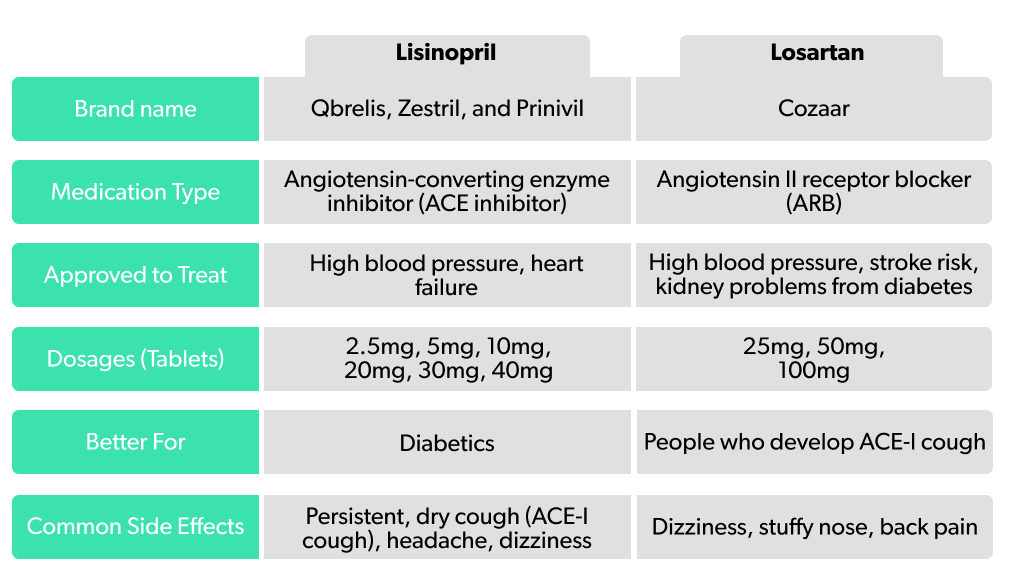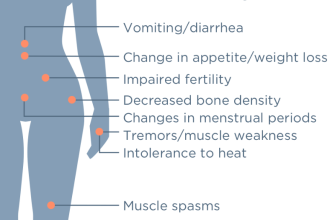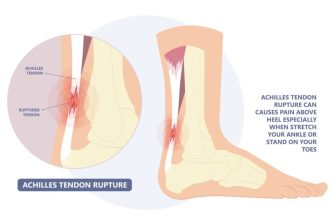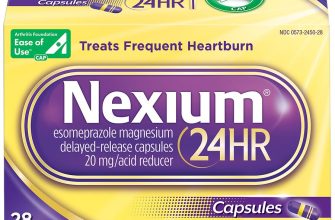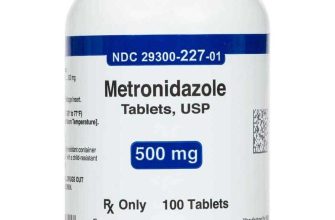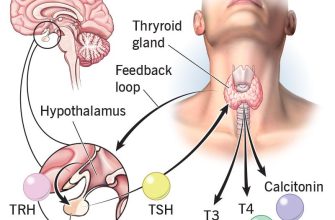The lowest effective dose of Lisinopril is typically 2.5mg, but this can vary significantly depending on individual health factors and the specific condition being treated. Your doctor will determine the appropriate starting dose based on your needs.
Factors influencing the starting dose include your blood pressure levels, kidney function, and any pre-existing health conditions. A lower starting dose is often preferred for older adults, those with kidney problems, or individuals taking certain other medications, to minimize potential side effects.
Never adjust your Lisinopril dosage without consulting your physician. Gradual increases in dosage, under medical supervision, are usually preferred to achieve optimal blood pressure control. Regularly scheduled blood pressure monitoring is a key component of safe and effective Lisinopril therapy. This allows for prompt adjustments to your medication regime if necessary.
Remember: This information is for general knowledge and does not substitute professional medical advice. Always discuss your medication with a healthcare professional to determine the safest and most effective dosage for your individual circumstances. They will consider your specific medical history and current health to provide personalized guidance.
- Lisinopril Minimum Dosage: A Detailed Guide
- Understanding Lisinopril’s Role in Blood Pressure Management
- Determining the Lowest Effective Dose for Individual Patients
- Factors Influencing Minimum Lisinopril Dosage
- Patient-Specific Factors
- Treatment Goals
- Titration and Monitoring
- Individual Response
- Potential Side Effects at Minimum Dosage
- Less Common Side Effects
- When to Contact Your Doctor
- Monitoring Blood Pressure and Adjusting Dosage
- When to Consult a Doctor Regarding Lisinopril Dosage
Lisinopril Minimum Dosage: A Detailed Guide
The minimum effective dose of Lisinopril is typically 2.5mg once daily. However, this is just a starting point, and your doctor will adjust your dosage based on your individual needs and response to the medication.
Several factors influence the appropriate Lisinopril dosage:
- Your blood pressure levels: Lower initial doses might be prescribed for patients with lower blood pressures or those at higher risk of side effects.
- Your overall health: Pre-existing conditions like kidney disease or diabetes can affect how your body processes Lisinopril, requiring dose adjustments.
- Your response to treatment: Your doctor will monitor your blood pressure regularly and adjust your dose as needed to achieve the desired blood pressure control.
Never adjust your Lisinopril dosage without consulting your physician. Abruptly stopping or changing the dosage can be harmful.
Possible side effects, even at low doses, include:
- Dizziness
- Lightheadedness
- Dry cough
- Fatigue
Report any side effects to your doctor immediately. They can assess the situation and determine whether to adjust your dosage or consider alternative treatments.
This information is for educational purposes only and does not constitute medical advice. Always consult with your healthcare provider for personalized guidance regarding your Lisinopril dosage and treatment plan.
- Regularly monitor your blood pressure as instructed.
- Report any new or worsening symptoms to your doctor.
- Strictly adhere to your prescribed dosage and schedule.
Understanding Lisinopril’s Role in Blood Pressure Management
Lisinopril directly affects the renin-angiotensin-aldosterone system (RAAS). It inhibits the angiotensin-converting enzyme (ACE), preventing the conversion of angiotensin I to angiotensin II. Angiotensin II is a potent vasoconstrictor, meaning it narrows blood vessels, raising blood pressure. By blocking this conversion, Lisinopril allows blood vessels to relax and widen, lowering blood pressure.
This mechanism also reduces aldosterone production. Aldosterone causes the kidneys to retain sodium and water, further increasing blood volume and pressure. Lisinopril’s effect on aldosterone contributes to its blood pressure-lowering action.
The drug’s impact varies depending on individual factors. Dosage adjustments are frequently necessary based on patient response and other health conditions. Regular monitoring of blood pressure is key to determining appropriate dosage and efficacy.
| Factor | Impact on Lisinopril Effectiveness |
|---|---|
| Kidney function | Reduced kidney function may necessitate lower doses to avoid side effects. |
| Age | Older adults may require lower starting doses. |
| Other medications | Interactions with diuretics, potassium supplements, or other blood pressure medications can affect dosage requirements. |
Remember, Lisinopril is a prescription medication. Always follow your doctor’s instructions regarding dosage and administration. Report any adverse effects promptly to your healthcare provider. They can adjust your treatment plan as needed, ensuring optimal blood pressure management and minimizing potential side effects.
Determining the Lowest Effective Dose for Individual Patients
Begin with the lowest recommended starting dose, typically 10mg daily for most adults. Monitor blood pressure closely, ideally at home and during clinic visits. This allows for personalized adjustment.
If blood pressure remains uncontrolled after a few weeks at the starting dose, gradually increase the dosage under medical supervision. Common increments are 10mg, with a maximum daily dose often not exceeding 80mg. However, this varies depending on individual needs and health factors.
Consider other factors impacting blood pressure, such as diet, exercise, and stress levels. Lifestyle changes often complement medication, sometimes reducing the needed Lisinopril dosage. Regular check-ups allow for collaborative decision-making between you and your doctor.
For patients with renal impairment, dosage adjustments are crucial. Lower starting doses and potentially less frequent administration may be necessary. Kidney function tests frequently guide dosage modifications in these cases.
Remember, individual responses to Lisinopril differ significantly. The lowest dose providing adequate blood pressure control varies greatly among patients. Consistent monitoring and open communication with your physician are key.
Factors Influencing Minimum Lisinopril Dosage
Your doctor determines the lowest effective Lisinopril dose based on several key factors. This initial dose might be lower than standard recommendations.
Patient-Specific Factors
- Age: Older adults often start with lower doses due to increased sensitivity and potential for side effects.
- Kidney function: Impaired kidney function necessitates dose reduction to prevent drug buildup. Regular creatinine clearance tests are crucial.
- Liver function: Liver disease can affect drug metabolism. Your doctor will adjust the dose accordingly.
- Concurrent medications: Some drugs interact with Lisinopril, requiring dose adjustments to prevent adverse reactions. Always inform your doctor about all medications you take.
- Underlying health conditions: Conditions such as heart failure or diabetes may influence the starting dose.
Treatment Goals
The minimum effective dose aims to achieve blood pressure control without causing unacceptable side effects. Your doctor will monitor your blood pressure regularly to assess the efficacy of the treatment. Adjustments are made based on the response to therapy.
Titration and Monitoring
- Your doctor will likely start with a low dose and gradually increase it over time (titration) as needed.
- Regular monitoring of blood pressure and kidney function is vital to ensure both efficacy and safety.
- Closely observe for side effects like dizziness, cough, or fatigue. Report any concerns immediately.
Individual Response
Finally, remember that everyone responds differently to medication. What works for one person may not work for another. Open communication with your physician is paramount for finding the optimal Lisinopril dose for your individual needs.
Potential Side Effects at Minimum Dosage
While Lisinopril’s minimum dosage aims for effectiveness with minimal side effects, some individuals may still experience them. Common reactions at low doses include dizziness, lightheadedness, or a persistent dry cough. These typically subside as your body adjusts. Less frequent, but still possible, are reactions like fatigue, headache, and nausea.
Less Common Side Effects
Rarely, at even the lowest dose, Lisinopril can cause more serious issues such as angioedema (swelling of the face, lips, tongue, or throat), which requires immediate medical attention. Other less common side effects include changes in your taste, muscle pain, and kidney problems.
When to Contact Your Doctor
Contact your doctor immediately if you experience angioedema or any significant worsening of existing conditions, especially kidney issues. Report any persistent or bothersome side effects, even minor ones. Your doctor can assess the situation and adjust your treatment plan as needed. Open communication with your healthcare provider is key to managing your medication effectively.
Monitoring Blood Pressure and Adjusting Dosage
Regularly monitor your blood pressure at home, ideally at the same time each day. Record these readings in a log or app to track trends. Aim for readings in the target range set by your doctor.
If your blood pressure remains consistently high despite taking Lisinopril, contact your doctor. They may adjust your dosage, recommend lifestyle changes, or suggest adding another medication.
Conversely, if your blood pressure drops too low (dizziness, lightheadedness), immediately inform your physician. They might reduce your Lisinopril dose or advise on managing potential side effects.
Your doctor will likely schedule follow-up appointments to review your blood pressure readings and assess the medication’s effectiveness. Attend these appointments as scheduled for optimal blood pressure management.
Consistent monitoring empowers you and your doctor to fine-tune your treatment. Open communication is key to achieving optimal blood pressure control.
When to Consult a Doctor Regarding Lisinopril Dosage
Contact your doctor immediately if you experience a persistent, dry cough. This is a common side effect, but it’s important to discuss it, as alternatives exist.
Report any swelling in your face, lips, or tongue. This indicates angioedema, a serious allergic reaction requiring immediate medical attention.
If you notice dizziness or lightheadedness, especially when standing up, inform your physician. Dosage adjustment may be necessary.
Changes in your blood pressure readings, whether significantly high or low, warrant a doctor’s visit. Regular monitoring is key, and your doctor needs to know about any deviations.
Unexplained fatigue or weakness could signify a problem and should be reported. Your doctor can evaluate the cause and adjust your treatment plan.
Kidney problems, such as decreased urine output or changes in urine color, necessitate a consultation. Lisinopril can affect kidney function, so regular monitoring is crucial.
Always inform your doctor about any new medications you begin taking, including over-the-counter drugs and supplements. Interactions can affect Lisinopril’s efficacy and safety.
Schedule a follow-up appointment as instructed by your doctor. Regular blood tests and blood pressure checks are important for monitoring your response to Lisinopril and making any necessary adjustments.

